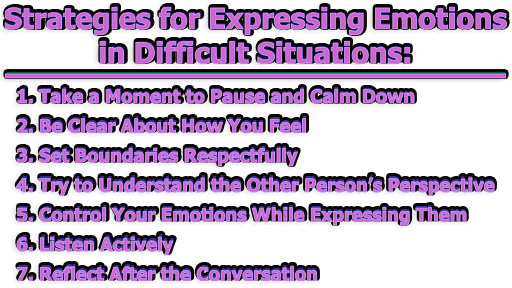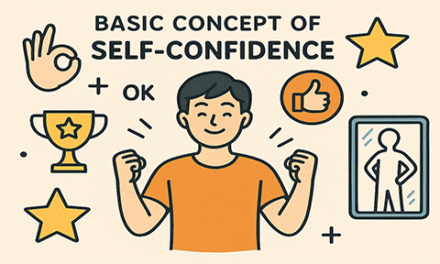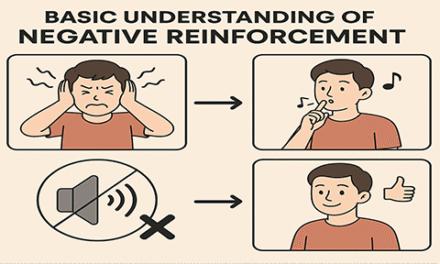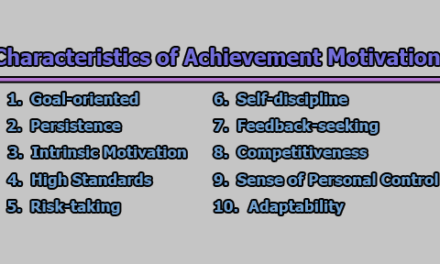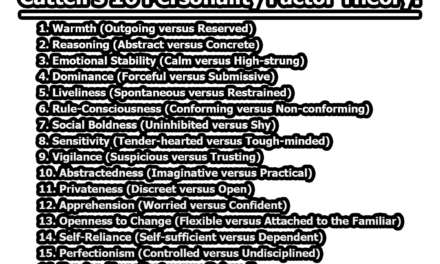Strategies for Expressing Emotions in Difficult Situations:
When we face challenging situations, it’s natural to feel strong emotions like anger, sadness, or frustration. If these emotions aren’t expressed in a healthy way, it can lead to misunderstandings or make things worse. By learning how to share our feelings clearly, we can improve communication and build stronger connections with others. In the rest of this guide shares some of the essential strategies for expressing emotions in difficult situations.
1. Take a Moment to Pause and Calm Down: Before saying or doing anything, take a moment to calm yourself. This helps you think clearly instead of reacting in anger or frustration.
What You Can Do:
- Take a few deep breaths: Breathe in slowly through your nose, hold it for a few seconds, and then exhale through your mouth. Repeat this a few times.
- If possible, take a short walk or step away from the situation for a few minutes to collect your thoughts.
- Try a grounding exercise like noticing five things you see around you, four things you can touch, three things you can hear, two things you can smell, and one thing you can taste. This brings your focus to the present moment.
2. Be Clear About How You Feel: When sharing your feelings, use clear and specific language. This helps others understand you better and avoids misunderstandings.
What You Can Do:
- Instead of blaming, use “I feel” statements. For example, instead of saying, “You don’t care about me,” say, “I feel unimportant when my ideas aren’t listened to.”
- Take time to figure out exactly how you feel. For instance, are you sad, frustrated, or hurt? Knowing this will help you explain it better.
- Practice writing down your feelings before you talk to the other person. This can help you organize your thoughts and avoid getting overwhelmed.
3. Set Boundaries Respectfully: Sometimes conversations can get too heated or unproductive. It’s okay to pause and set boundaries to keep things respectful.
What You Can Do:
- If things are getting tense, say something like, “I think we’re both getting frustrated. Let’s take a break and talk about this later.”
- If someone keeps interrupting you or making the conversation difficult, you can calmly say, “I’d like to finish what I’m saying first, and then I’ll listen to you.”
- Remember to stay polite but firm when setting boundaries. This shows that you value the conversation and want to solve the problem without adding more conflict.
4. Try to Understand the Other Person’s Perspective: It’s important to not only share your feelings but also to listen and understand the other person’s point of view. When both sides feel heard, it’s easier to find solutions.
What You Can Do:
- Ask questions to understand their side better. For example, “Can you tell me more about why you feel that way?” or “What would you like to see happen here?”
- Repeat back what they said to show you’re listening. For instance, “So you’re saying you felt left out of the decision. Is that right?”
- Even if you don’t agree with them, acknowledge their feelings. You could say, “I see why that would upset you” or “I understand how this might feel frustrating for you.”
5. Control Your Emotions While Expressing Them: It’s good to share your feelings, but you also need to stay in control so the conversation doesn’t turn into an argument. This helps others understand you without feeling attacked.
What You Can Do:
- Rate how strong your emotions are on a scale from 1 to 10. If you’re feeling an 8 or higher, take a little more time to calm down before starting the conversation.
- Reframe how you think about the situation. For example, instead of assuming someone interrupted you to be rude, consider they might be excited to share their ideas.
- Use calming phrases to remind yourself to stay composed, like “I can handle this” or “I want this conversation to go well.”
6. Listen Actively: Active listening means fully paying attention to the other person, showing that you care about what they’re saying, and responding thoughtfully. This can make a big difference in how the conversation goes.
What You Can Do:
- Look at the person while they’re talking and nod to show you’re listening.
- Avoid interrupting or thinking about what you’ll say next while they’re speaking.
- Use short phrases like “I understand” or “That makes sense” to show you’re engaged.
- If you’re not sure what they mean, ask them to explain more: “Can you tell me more about that?”
7. Reflect After the Conversation: After the conversation is over, think about how it went. This helps you learn what worked well and what you could do differently next time.
What You Can Do:
- Write down your thoughts in a journal. Ask yourself:
- What went well during the conversation?
- What could I have done better?
- How did the other person react?
- Talk to someone you trust about how you handled the situation. They might have helpful suggestions for improvement.
- If you think you made a mistake, don’t be too hard on yourself. Use it as a learning experience to do better in the future.
Finally, we can say that expressing emotions in difficult situations isn’t easy, but it’s a skill you can learn. By staying calm, being clear about your feelings, setting boundaries, listening to others, and reflecting afterward, you can handle tough conversations with more confidence. These strategies not only help resolve conflicts but also build stronger and healthier relationships.
References:
- White, T. L., Lejuez, C. W., & de Wit, H. (2008). Test-retest characteristics of the Balloon Analogue Risk Task (BART). Experimental and Clinical Psychopharmacology, 16(6), 565–570. https://doi.org/10.1037/a0014083
- Kennedy-Moore, E., & Watson, J. C. (2001). How and when does emotional expression help? Review of General Psychology, 5(3), 187-212. https://doi.org/10.1037/1089-2680.5.3.187
- Linehan, M. M. (2014). DBT\u00ae skills training manual. Guilford Publications. https://www.guilford.com/books/DBT-Skills-Training-Manual/Marsha-Linehan/9781462516995
- Nichols, M. P. (2009). The lost art of listening: How learning to listen can improve relationships. Guilford Press. https://www.guilford.com/books/The-Lost-Art-of-Listening/Michael-Nichols/9781606230640
- Pennebaker, J. W. (1997). Writing about emotional experiences as a therapeutic process. Psychological Science, 8(3), 162-166. https://doi.org/10.1111/j.1467-9280.1997.tb00403.x

Library Lecturer at Nurul Amin Degree College

